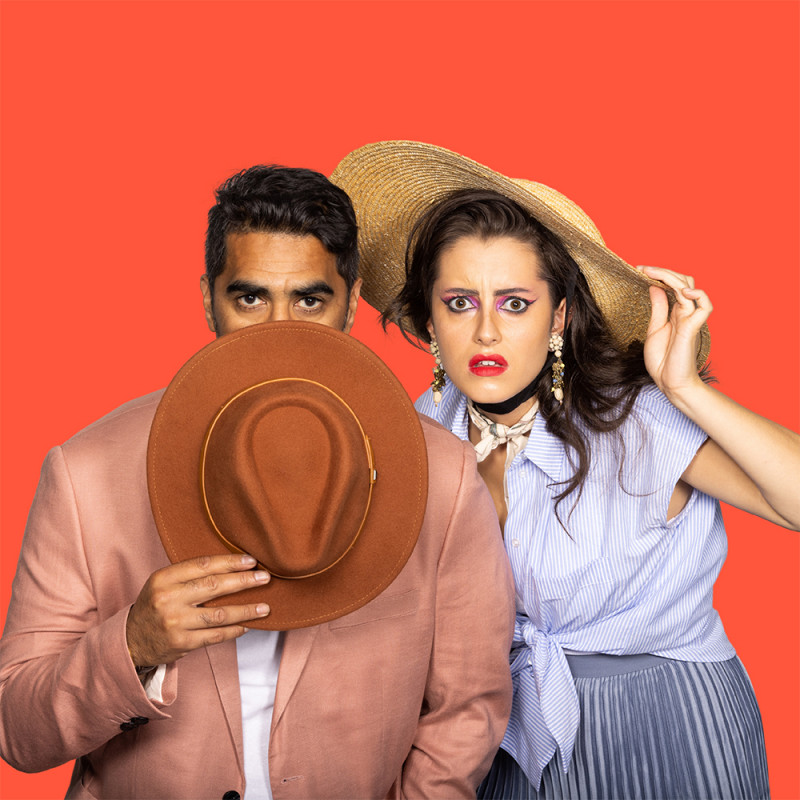Ngā Rorirori
Written by: Hone Kouka
Directed by: Hone Kouka
Te Whaea National Dance and Drama Centre, 13th Sep 2024
Reviewed by: Tanya Piejus
In Ngā Rorirori, writer, director, and choreographer Hone Kouka has mashed up three of his favourite things: theatre, dance, and farce. The show traces the relationship between the remaining two members of a whānau and their whenua. A brother is on a quest to turn the land into a cash cow while his sister tries to take a considered approach to their joint heritage. He’s a convicted fraudster, she’s a political activist. Throw in a visit from the chief executive of a government department, a hidden boyfriend, and a heartbroken overachiever, and “today is the day”.
Nominally performed by two actors (Mycah Keall and Manuel Solomon) and three dancers (Sefa Tunupopo, Nomuna Amarbat, and Stela Dara), it’s hard to say where the dance ends and the acting begins as each performer has mad skills at both. Keall and Solomon play siblings Manuela and Pillow, each dedicated to their cause and hilariously engaging to watch. The three dancers also bring nuance to their supporting characters. After 90 minutes, I’m exhausted from watching them, such is their energy, with Kouka (assisted by Dara) effectively blending kapa haka and modern dance moves.
Not speaking lines but lip-syncing to a recorded soundtrack allows the performers to emote in the exaggerated manner of farce, as well as carry off the huge physicality that is demanded of them. With music (composed by Maarire Brunning-Kouka, Reon Bell, and Karnan Saba), dialogue by a team of vocal performers, and effects all mixed live by Isaac Kirkwood, the continuous soundtrack is seamless and powerful. The lighting design (Natasha James) is also striking, utilising side and top light.
Mark McEntyre’s set is a seemingly pedestrian but cleverly constructed community hall that allows the performers to flow through and around it. They pop up in unexpected places and make creative use of benches, chairs, and folding tables.
An intense fever dream of movement, sound, light, language, and humour, Ngā Rorirori also has much to say about the nature of culture and our place within it.
View more reviews:
« Click here


